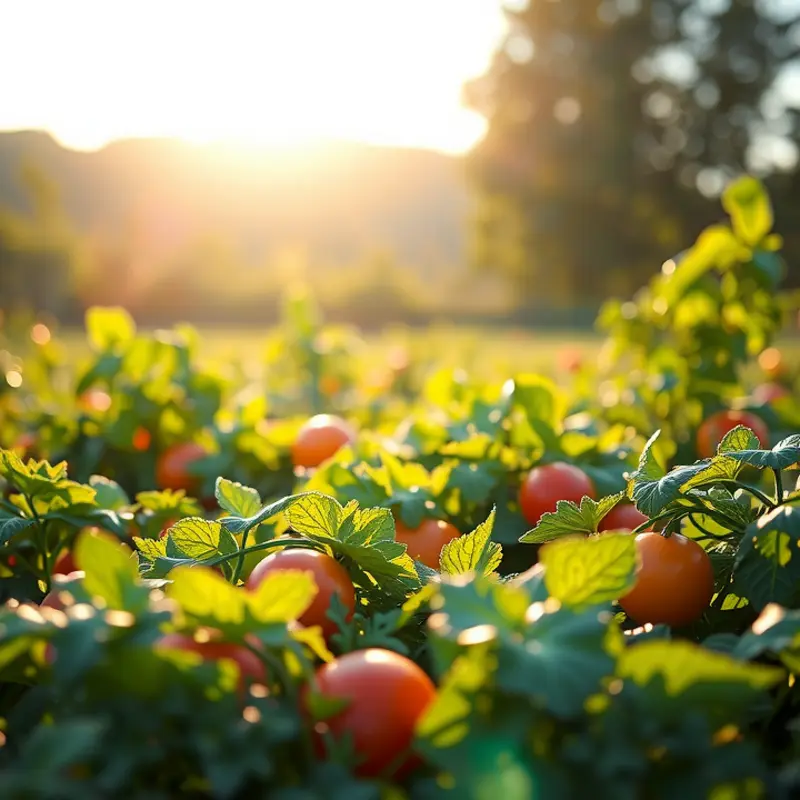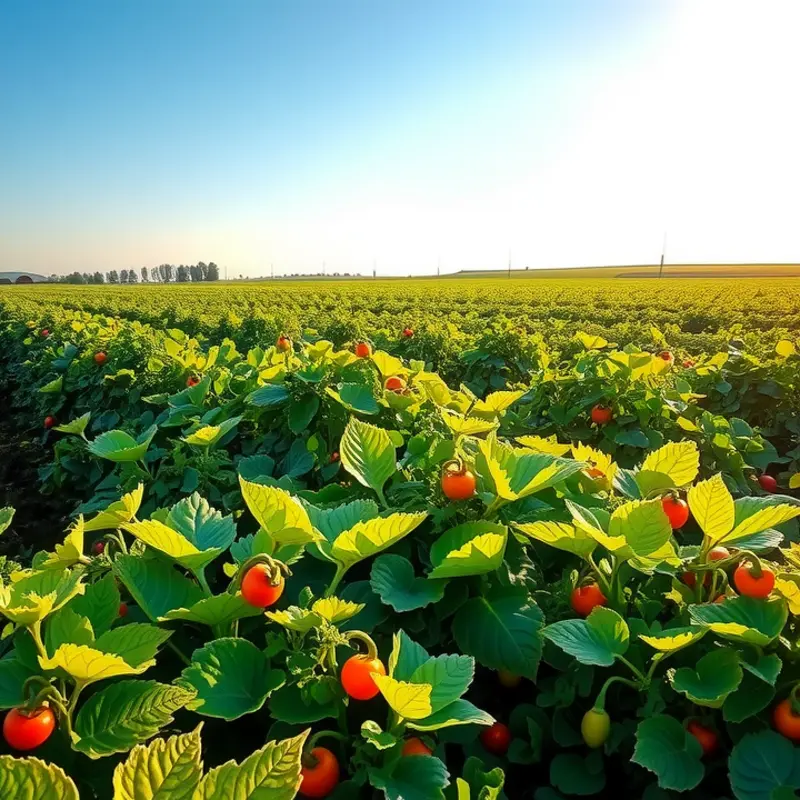Effective food draining is a crucial yet often overlooked skill in the kitchen. Whether you’re dealing with pasta, fruits, or vegetables, knowing how to properly drain your ingredients enhances texture and flavor. This guide aims to empower home cooks of all levels with practical tips and techniques that will elevate your culinary game. Say goodbye to soggy pastas and overbearing broths as you learn the right methods to drain with confidence!
The Basics of Food Drainage: Tools and Techniques

Food draining is an essential skill for every home cook. It not only ensures optimal texture and flavor but also enhances the presentation of dishes. Understanding the basics of food drainage starts with knowing the right tools and techniques to use.
Colanders: These shallow, perforated bowls are staples in any kitchen. Colanders are versatile, perfect for draining pasta, rinsing vegetables, and even washing grains. They come in different materials like stainless steel, silicone, and plastic. While stainless steel provides durability, silicone offers ease in storage with collapsible versions. To use a colander effectively, always choose one with holes that suit your task. For instance, large holes are great for pasta, while smaller holes are better for rice or quinoa.
Strainers: Finer than colanders, strainers are ideal for dealing with liquids that contain small particles, like when sieving broth to remove herbs or spices. Mesh strainers are indispensable for tasks ranging from dusting baked goods with powdered sugar to straining custards for the perfect smooth texture. A fine-mesh strainer is a must for tasks like filtering flour to avoid lumps in your batter.
Sieves: While similar to strainers, sieves have a supportive frame and are often used in baking to aerate flour or sift dry ingredients together. Their fine mesh ensures only the finest particles pass through, making them perfect for tasks that require precision.
Spider Strainer: This tool, with its long handle and wide wire basket, is excellent for retrieving food from hot liquids while leaving the liquid behind. Use a spider strainer to remove fried items from hot oil, allowing oil to drain back into the pot for a crisp finish on your food. It is also effective for fishing out pasta or dumplings from boiling water.
Salad Spinner: Essential for drying leafy greens, a salad spinner uses centrifugal force to spin water away from the leaves. This tool is crucial because excess water can dilute your salad dressing and affect the overall taste and texture of your salad. Make sure to rinse your greens thoroughly before placing them in the spinner for maximum effectiveness.
Tips for Efficient Draining: Always allow for enough room in your vessel. Overcrowding causes inefficient draining and may result in soggy food. Tilt the vessel slightly to help water escape faster. For precise tasks like draining yogurt or ricotta, harness the power of cheesecloths or butter muslins. Line your strainer with these fine cloths for the perfect balance of drainage and capture of fine solids.
Using the right tools and techniques can reduce food waste and enhance flavor. Learn more about reducing waste here. The right approach can elevate both simple and complex dishes, making your time in the kitchen more enjoyable and productive.
By understanding and selecting the right drainage tools, you streamline your cooking process and enhance results. Practice these techniques, and soon, draining will become second nature.
Advanced Draining Techniques: Mastering the Art

In the culinary world, mastering the art of draining is more than just a basic kitchen task—it’s a skill that can elevate your dishes from ordinary to extraordinary. For pasta, one of the most common mistakes is over-draining or under-draining. The secret lies in finding the perfect balance to ensure that each strand is coated evenly with the sauce, enhancing the flavor. Instead of using a colander, try lifting pasta directly from the pot using a pasta spoon or tongs. This method allows some residual water to cling to the noodles, aiding in sauce adhesion and enriching the final dish.
For salad greens, proper draining is crucial to ensure a crisp, fresh result. After washing, use a salad spinner to remove excess moisture. But don’t stop there. Lay the greens on a clean kitchen towel and gently pat them dry. This extra step prevents sogginess by ensuring minimal residual moisture, allowing your vinaigrette to cling beautifully, highlighting the delicate flavors of your greens.
Canned goods, often brimming with salty or syrupy brine, require careful draining to avoid overpowering your dish. For beans, pouring them into a sieve and giving them a thorough rinse under cold water is essential. It not only washes away the excess sodium but also improves their texture. When it comes to canned fruits, especially those in syrup, draining and lightly rinsing under cold water helps to remove unnecessary sugar, letting the fruit’s natural sweetness shine through.
Creative draining techniques can also be a game-changer. Consider steaming vegetables with minimal water and saving that nutrient-rich liquid for use as a flavorful broth in soups or stews. Such practices align with sustainable cooking efforts and enhance nutrient retention, offering a depth of flavor often missed with conventional draining methods.
Furthermore, the art of draining can extend even beyond traditional food preparation. For sauces and dressings, consider briefly letting them sit after mixing to allow excess separation when dealing with high-fat content. Pour off the excess for a lighter, more balanced outcome. Remember, attention to these intricate details creates not just a dish but an experience.
For those interested in further enhancing flavor without adding salt, consider reading about non-salt flavor boosters. These lessons perfectly complement effective draining techniques by highlighting how flavors can be maximized without over-relying on sodium.
In summary, mastering the art of drainage is about precision, patience, and a deep understanding of how each ingredient reacts once the excess liquid is removed. By choosing the right method for the right food type, and getting creative with your techniques, you can infuse each dish with heightened flavors and textures, making every meal a sensory delight.
Final words
Effective food draining is not just about removing excess moisture; it plays a vital role in achieving delicious, well-textured dishes. By understanding the tools and techniques available, you can confidently tackle any recipe that requires draining. Whether you’re boiling pasta, washing fruits, or rinsing beans, knowing the right methods will elevate your cooking and impress your family and friends. Remember, practice makes perfect, and soon you’ll be a pro at draining like a chef!







